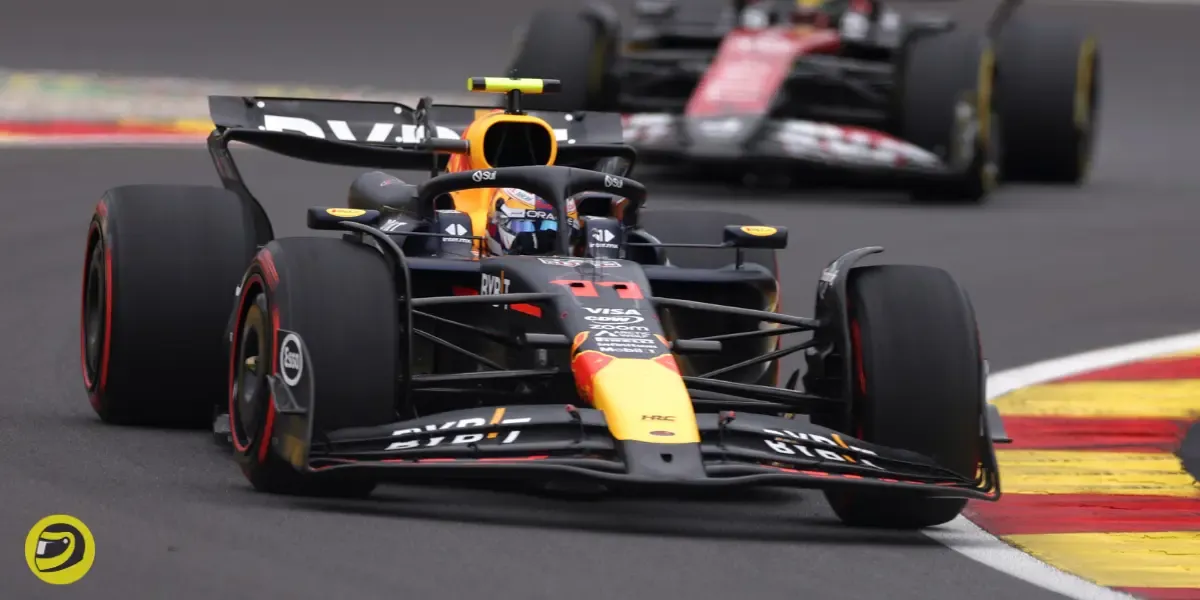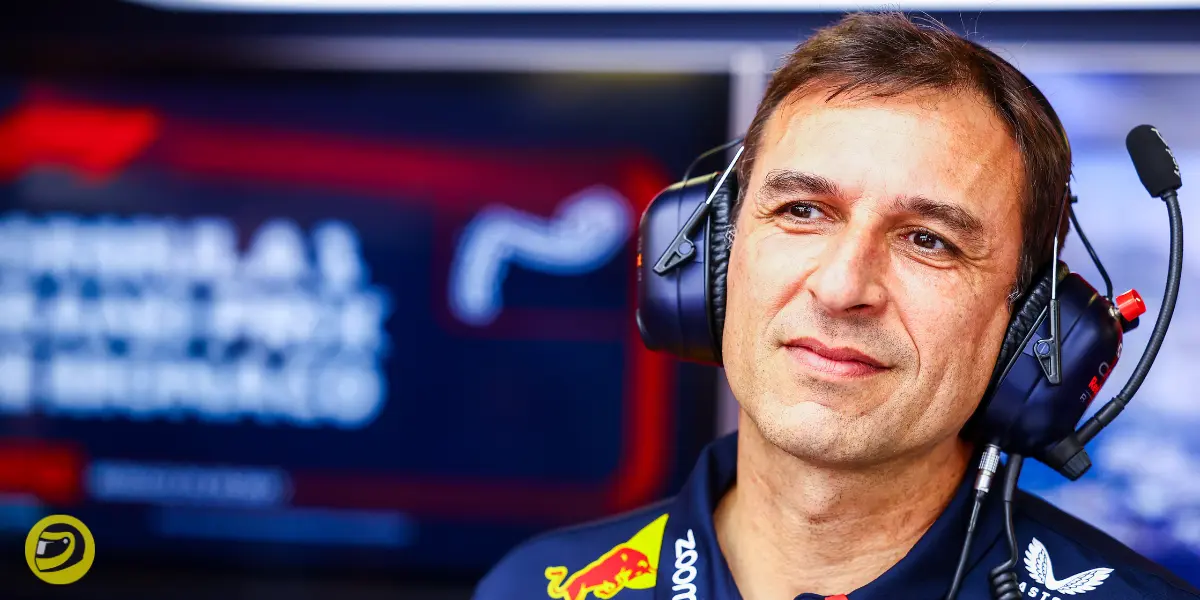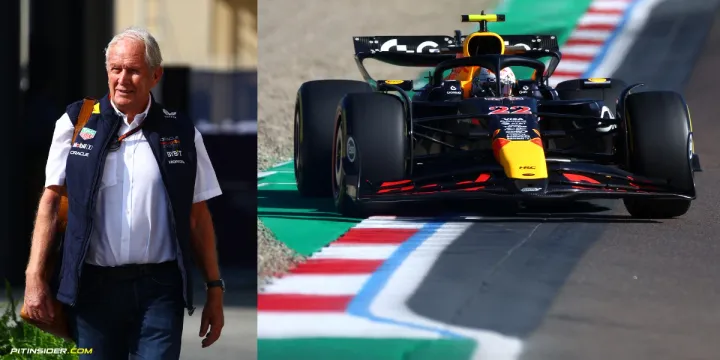Red Bull's RB20 falls short of high-speed expectations
The RB20 has fallen short of internal expectations, particularly in high-speed corners. Technical director Pierre Wache reveals the challenges faced by the team as rivals close the performance gap.

Red Bull's dominance in Formula 1 has been a defining feature of recent seasons, but the team's 2024 challenger, the RB20, hasn't quite lived up to internal expectations.
Despite starting the year with a string of 1-2 finishes, the Milton Keynes-based squad has seen its advantage erode as rivals like McLaren and Mercedes have closed the gap.

In an interview to Autosport, Red Bull technical director Pierre Wache shed light on the areas where the RB20 has underperformed relative to the team's projections.
"We improved compared to last year, without doubt, but we didn't deliver what we expected in some areas,"
Wache explained.
"Especially in the high-speed corners we expected a little bit more than what we have."
The team's simulation tools had indicated stronger performance in high-speed sections, but real-world results have fallen short.
This discrepancy between expected and actual performance has been a source of frustration for the defending champions.

Mixed performance across different corner types
While the RB20 has shown improvement in medium and low-speed corners compared to its predecessor, its high-speed performance has regressed relative to the competition. Wache noted,
"In medium-speed and low-speed we improved quite a lot compared to last year. We were a little bit weaker in the high-speed corners compared to last year relative to the competition."
Another area of concern for Red Bull is the car's behaviour over kerbs.
"In kerb riding we are clearly weak, but we were already last year,"
Wache admitted.

"I think we didn't make the improvement we expected in that aspect."
Factors behind the performance gap
Wache pointed to several potential reasons for the disparity between Red Bull's predictions and the RB20's on-track performance.
These include correlation issues with their aging wind tunnel, reduced testing capacity due to Aerodynamic Testing Restrictions (ATR), and the maturity of the current technical regulations.
"We are using quite an old wind tunnel and it can also be linked to the reduced capacity due to our position in the championship and maybe also the fact that this is the third year with this type of regulations,"
he explained.

Anticipating closer competition
Interestingly, Red Bull had anticipated a more competitive field from the outset of the 2024 season. Wache revealed,
"We expected the opposition to come earlier, to be honest with you. When we started the 2022 season, we didn't have the quickest car. "
"Ferrari had the quickest car in the beginning of 2022. We expected a massive competition in 2023, but that didn't happen."
The technical director acknowledged the inherent limitations of the current regulations, which make it increasingly difficult for teams to find significant performance gains.

"The limitations you have with these regulations are quite high and what you can find to make more steps is getting more difficult. Then it is almost sure that the opposition will come back at some point,"
Wache stated.





Comments ()